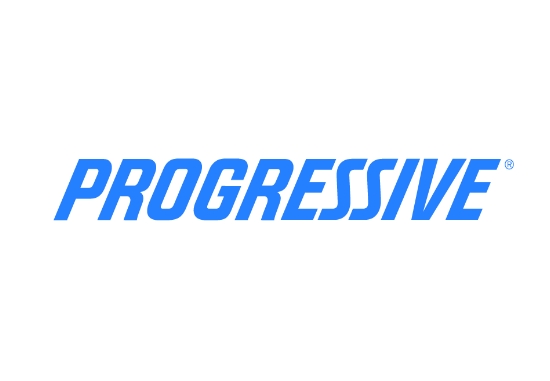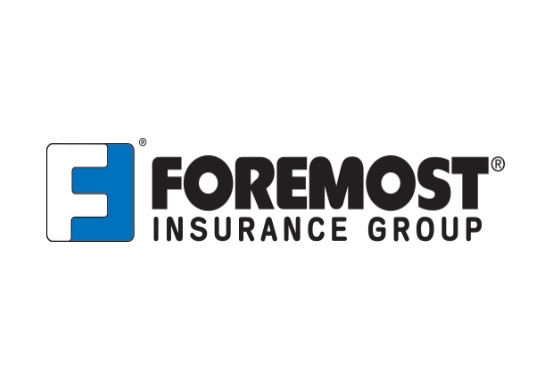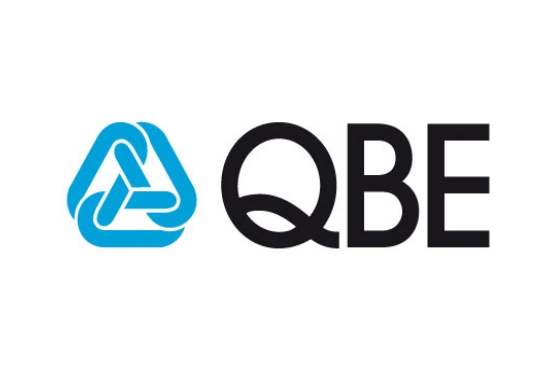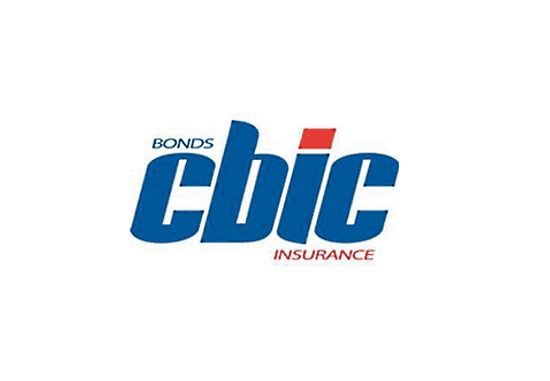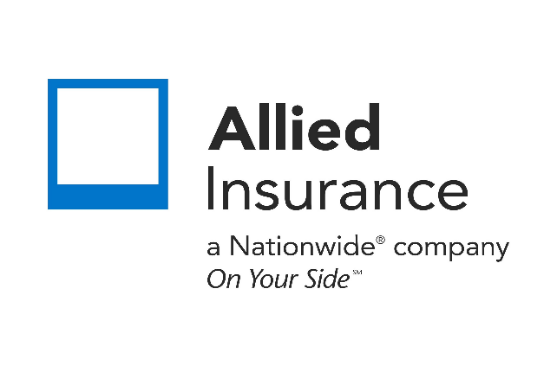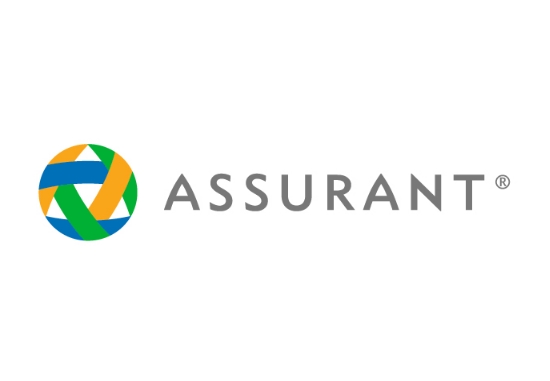What are the three theories of liability in products liability cases?
Exploring the Three Theories of Liability in Products Liability Cases
Products liability cases encompass a broad spectrum of legal claims arising from injuries or damages caused by defective products. Understanding the three primary theories of liability in these cases is crucial for both plaintiffs seeking compensation and defendants defending against allegations. In this comprehensive guide, we will delve into each theory of liability, their elements, and their implications in products liability litigation.
Strict Liability:
- Definition: Strict liability holds manufacturers and sellers responsible for injuries caused by defective products, regardless of fault or negligence.
- Elements:
- Existence of a Defect: Plaintiffs must prove that the product was defective when it left the defendant’s control. Defects can be categorized as manufacturing defects, design defects, or failure-to-warn defects.
- Causation: Plaintiffs must establish a causal link between the defect and their injuries or damages.
- Product’s Condition: The product must be in substantially the same condition as when it left the defendant’s control, without substantial alterations or modifications.
- Implications: Strict liability simplifies the burden of proof for plaintiffs, as they do not need to demonstrate negligence on the part of the defendant. Manufacturers and sellers may be held liable even if they exercised reasonable care in the design, manufacture, or distribution of the product.
Negligence:
- Definition: Negligence claims in products liability cases require plaintiffs to prove that the defendant breached a duty of care owed to consumers, resulting in foreseeable harm.
- Elements:
- Duty of Care: Defendants must owe a duty of care to consumers, which typically involves ensuring that their products are reasonably safe when used as intended.
- Breach of Duty: Plaintiffs must show that the defendant breached this duty by failing to exercise reasonable care in designing, manufacturing, or distributing the product.
- Causation: Plaintiffs must establish that the defendant’s breach of duty was a proximate cause of their injuries or damages.
- Implications: Negligence claims require plaintiffs to demonstrate that the defendant acted unreasonably or negligently. Defendants may assert defenses such as assumption of risk or comparative negligence to mitigate liability.
Breach of Warranty:
- Definition: Breach of warranty claims arise when a product fails to meet the terms of express or implied warranties made by the manufacturer or seller.
- Elements:
- Existence of a Warranty: Plaintiffs must demonstrate the existence of an express or implied warranty regarding the quality, performance, or fitness of the product.
- Breach of Warranty: Plaintiffs must show that the product failed to conform to the terms of the warranty, either through defects in materials or workmanship.
- Damages: Plaintiffs must suffer damages as a result of the breach of warranty, such as personal injuries or property damage.
- Implications: Breach of warranty claims focus on contractual obligations between the parties involved in the sale or distribution of the product. Plaintiffs may seek remedies such as repair, replacement, or compensation for damages.
Understanding the three theories of liability in products liability cases—strict liability, negligence, and breach of warranty—is essential for navigating the complexities of products liability litigation. Each theory has distinct elements and implications, shaping the strategies employed by plaintiffs and defendants in seeking or defending against claims. By comprehensively examining these theories, stakeholders can effectively pursue their legal rights and interests in products liability disputes.
We will find the best business insurance tailored to your needs. Read more…
Related Posts
Get a Right Insurance For You
SHARE THIS ARTICLE
We will compare quotes from trusted carriers for you and provide you with the best offer.
Protecting your future with us
Whatever your needs, give us a call, have you been told you can’t insure your risk, been turned down, or simply unhappy with your current insurance? Since 1995 we’ve been providing coverage to our customers, and helping people across United States.


